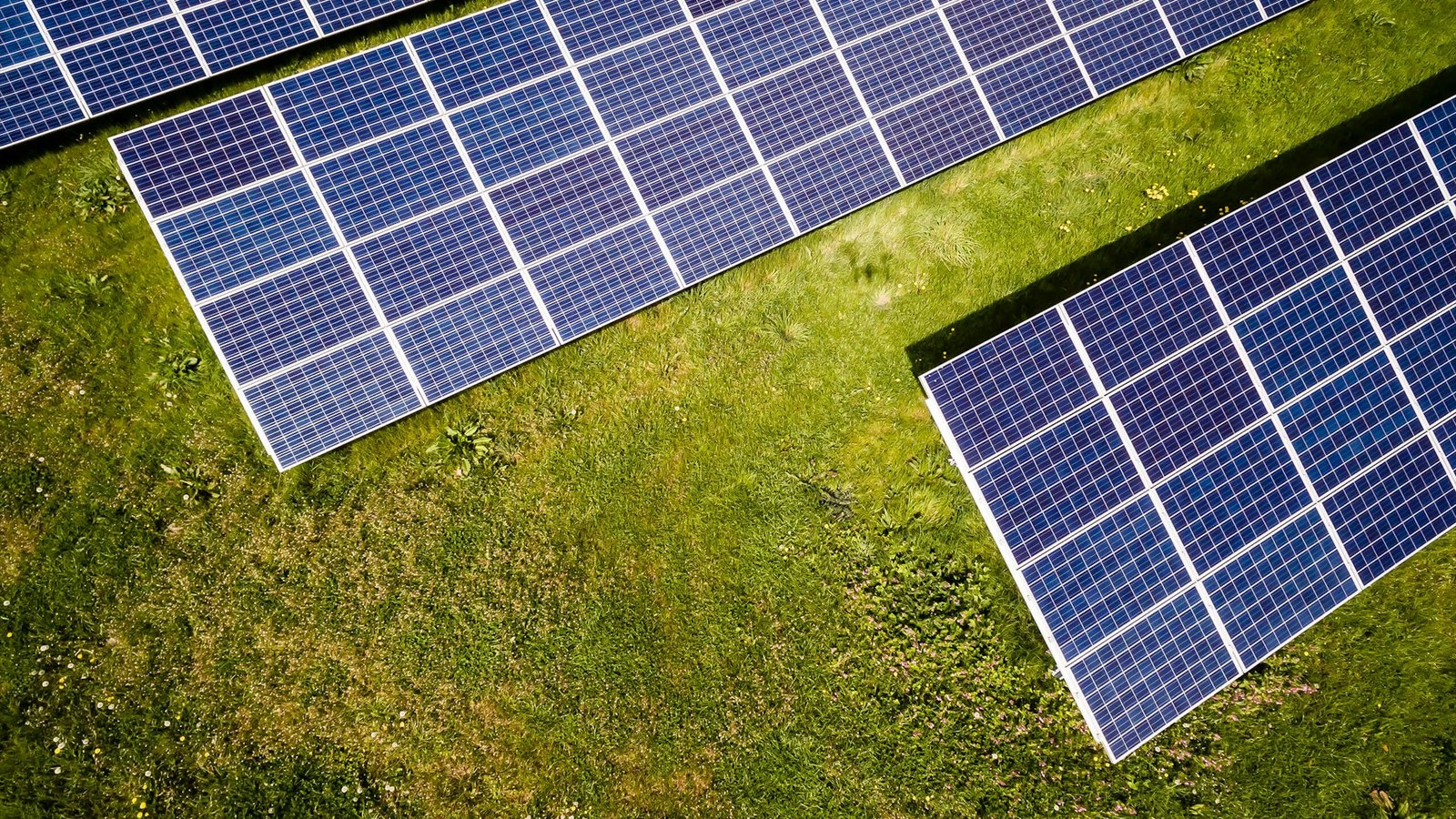As renewable energy sources such as solar power become more popular, homeowners and businesses alike are seeking cost-effective ways to store solar energy produced by their panels. Storing allows you to use this energy even during cloudy weather or at night. One of the greatest challenges of solar storage lies in finding cost-effective methods of doing this—let’s explore these here!
Understand Solar Energy Storage
To make an informed decision when exploring energy storage options, it’s essential to first understand why energy storage is necessary. Solar panels produce electricity during daylight hours when sunlight is available and either use it immediately or send it back into the grid. Without storage, excess energy would simply go to waste when demand drops off during the evening or power outage hours. By storing energy instead, your solar system could remain more useful during those times too!
There are various energy storage systems to meet varying needs, budget constraints, and local energy infrastructure considerations. When making the best selection, keep these factors in mind:
Battery Storage Systems: An Affordable Option
Lithium-Ion Batteries
Lithium-ion batteries are an increasingly popular choice for solar energy storage. Their compact design, long lifespan, and efficient performance make them a go-to option. Typically lasting 10-15 years, with reduced costs over time, these batteries have become highly popular among users. While initially more costly upfront, technological advancements have seen costs diminish substantially over time.
Lithium-ion batteries offer numerous advantages for energy needs of different magnitudes, such as their scalable nature and high energy density that stores large amounts of power in small spaces.
Lead-Acid Batteries
Lead-acid batteries are an older technology but are still widely used for solar storage. Their relatively low price makes them attractive to those on tight budgets; however, they have shorter lifespans and reduced efficiency.
Lead-acid batteries offer lower upfront costs but may degrade faster over time and require more maintenance. These make them suitable for users looking for an economical yet simple solution, willing to accept some drawbacks.
Flow Batteries
Flow batteries are an emerging technology that uses two liquid electrolytes to store energy. They are perfect for large-scale solar energy storage applications but are still relatively expensive. However, their price could become more cost-effective as technology progresses.
Lead-acid batteries have long been considered inefficient. Furthermore, lithium-ion batteries offer greater energy efficiency while having longer lifespans and are easily expandable as your energy demands grow.
Solar Thermal Energy Storage
Another way of storing solar energy is through solar thermal systems, which store it as heat rather than electricity. These systems are generally employed for commercial or large-scale residential installations.
Molten Salt Storage
Molten salt is often used to store solar energy in concentrated solar power (CSP) plants. This method involves using a mixture of salts that melt at high temperatures to store energy for later use. Its retention of heat makes it an efficient method of storing large quantities of power.
Molten salt storage may not yet be practical for residential applications, but it offers potential as an industrial-scale solar storage option.
Water Storage
Another effective method for storing solar energy as heat is through water tanks. This involves heating water using solar energy before storing it in insulated storage tanks for later use in space heating or even conversion back to electricity.
Water storage systems can be relatively cost-effective solutions, especially for residential homes, though their capacity is restricted compared to other energy storage methods.
Utilizing Solar Energy to Charge Electric Vehicles
An electric vehicle (EV) can also serve as a convenient source of solar energy storage. Owners of these cars can charge them during the day before using that same energy in the evening for other needs.
This method is especially advantageous for EV owners, as it reduces the need for additional storage solutions like batteries. However, as battery capacities vary greatly from home solar systems, energy stored within an EV may only last until its battery is depleted or the owner chooses not to store any more energy.
The Role of Net Metering
In regions where net metering is available, you may not need to store solar energy at all. Net metering allows you to send any excess power back into the grid in exchange for credits, which can later be used when your solar panels do not produce enough power to meet demand.
Net metering can help minimize the need for costly energy storage systems. Not all areas offer net metering; therefore, it is wise to confirm local regulations.
Combining Methods to Achieve Cost Efficiency
While individual storage methods like batteries or thermal storage can be effective, combining different strategies to reduce costs may prove more cost-efficient. For instance, pairing small battery storage systems with net metering may offer the optimal balance of cost-efficiency. Using solar thermal systems during the day to heat water or homes can significantly reduce additional storage needs.
Combining these strategies depends on your energy needs, location, and budget. Working with an experienced solar installer is key to finding the most cost-effective solution for you and your situation.
Government Incentives and Rebates
Governments around the world often provide incentives or rebates to encourage the use of solar energy storage systems. These programs help offset the initial costs associated with purchasing these solutions, making them more cost-effective.
Researching local programs for energy storage can greatly reduce costs. You could potentially save thousands of dollars through the installation of solar storage systems.
FAQ: Cheapest Ways to Store Solar Energy
Want to know more about solar energy storage? Well, here it is—an inexpensive solution available right at home is solar storage! For this question, the answer lies in FAQ number one, which offers several cost-cutting alternatives that allow solar users to easily take advantage of home solar storage solutions.
Q1: What is the most affordable method for storing solar energy?
A1: Lead-acid batteries offer the most affordable option for storing solar energy, though their lifespan and maintenance needs tend to be shorter compared to lithium-ion alternatives.
Q2: Can I store solar energy without using batteries?
A2: Yes! Thermal storage systems like water or molten salt storage allow you to store energy as heat rather than electricity, while net metering enables you to transmit excess power back onto the grid.
Q3: Are there any government programs to help with solar energy storage costs?
A3: Yes, many governments offer rebates and incentives to assist with the cost of installing solar energy storage systems. You should explore the local regulations to see which programs are available in your area.
Q4: For how long do solar batteries typically last?
A4: Lithium-ion batteries typically last from 10-15 years, whereas lead-acid batteries usually only last 5-10. Battery lifespan depends upon use and maintenance practices.

